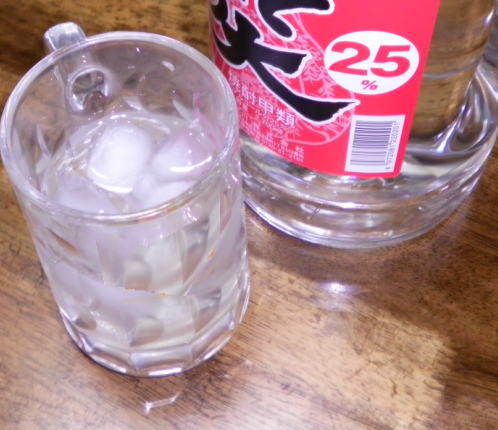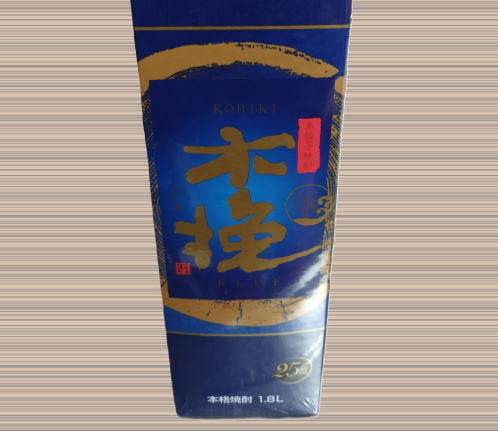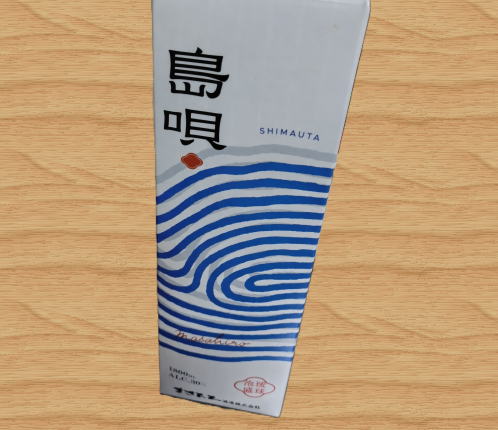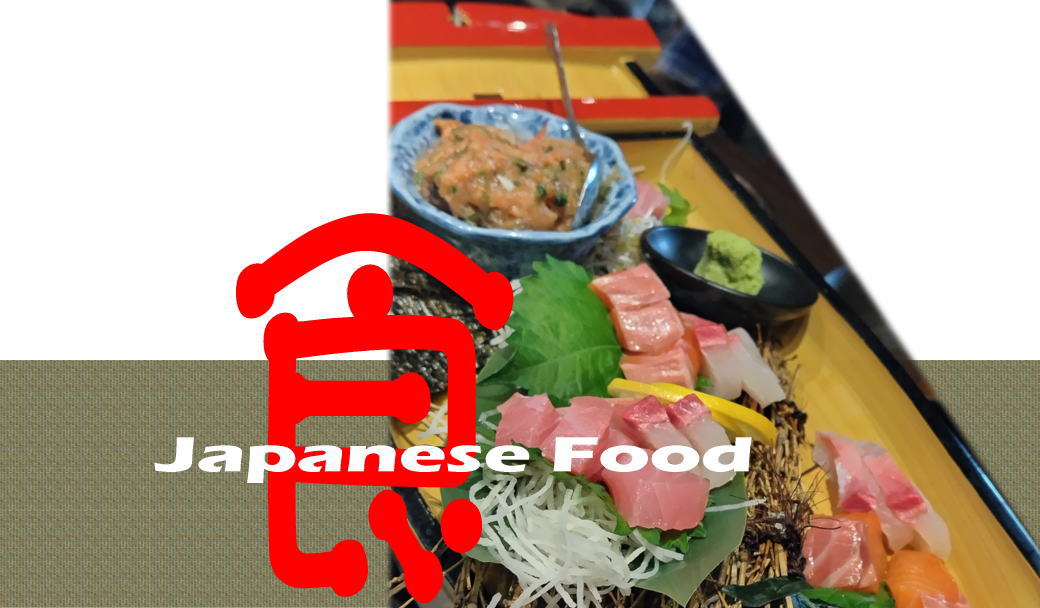Last update September 12, 2025
Japanese Drink - Shōchū -

Shōchū
しょうちゅう, 焼酎
Japanese Clear Liquor
If you know the meaning of the Kanji “焼” (burn) included in the name, you may wonder why. Do the process or properties have something to do with the meaning? My guess was that its alcoholic strength would almost burn our throats, which proved wrong after some digging. The meaning “burn” refers to the heating process for distillation. The general alcohol by volume (ABV) of Shōchū is around 25%, by the way. The primary production area is Kyushu (the southern part of Japan), and a variety of products are on the market, depending on the material from which the liquor is distilled. Mughi Jōchū, based on barley, is very popular for its smoothness, featuring no strong peculiarities, while Imo Jōchū, made from sweet potatoes and widely produced in Kagoshima Prefecture, has a strong, distinctive aroma and flavour. Kome Jōchū, based on rice, has a fruity taste similar to that of Nihon Shu (Sake), Kokuto Jōchū, distilled from brown sugar, features softness and a sweet aroma, and Soba Jōchū, made from Soba (buckwheat), tastes even lighter than Mughi Jōchū. There are also Goma Jōchū (sesame-based) featuring a hint of sesame and a lingering taste; Kuri Jōchū using chestnuts for a chestnut aroma and a slightly sweet flavour; and Awamori, a speciality of Okinawa made with rice Kōji (Aspergillus oryzae). Regardless of the material, there are two types of Shōchū depending on the number of distillation processes. The first is Kō-rui (Type Kō), which refers to products made through multiple distillation, and the second is Otsu-rui (Type Otsu), prepared through a single distillation process.

Reasonably-priced Ko-rui Shōchū featuring easy-to-drink smoothness.
|

A packed Imo Jōchū product.
|

A packed Awamori product.
|

Reasonably-priced Ko-rui Shōchū featuring easy-to-drink smoothness.

A packed Imo Jōchū product.

A packed Awamori product.
|
|


